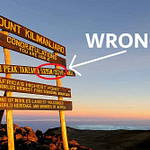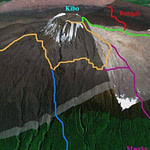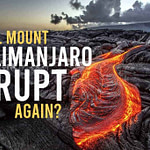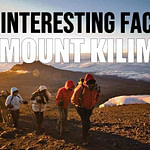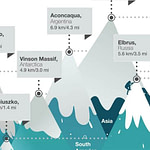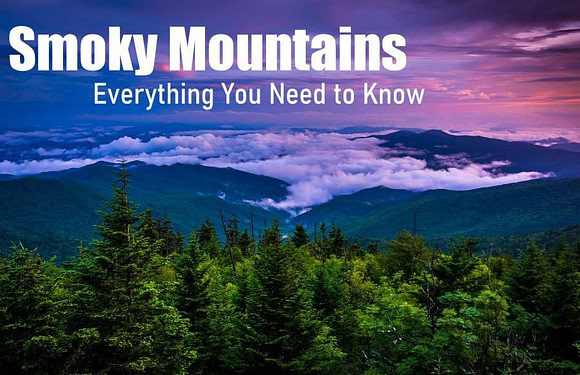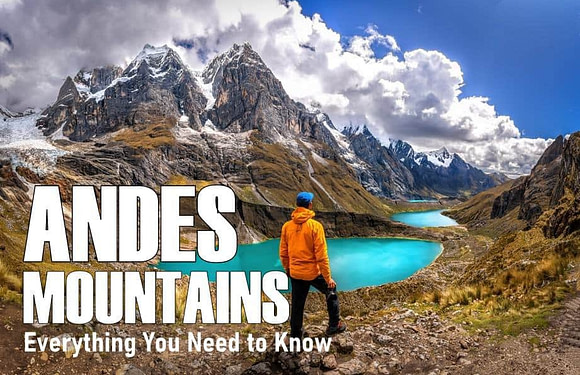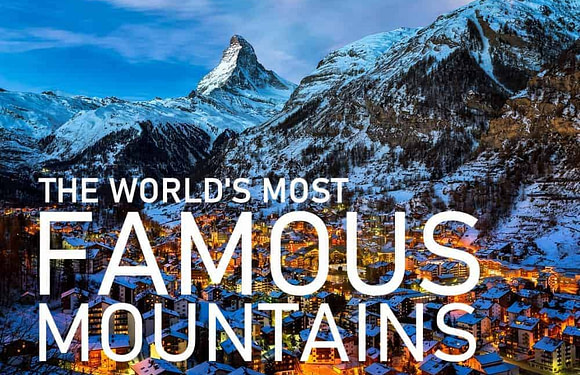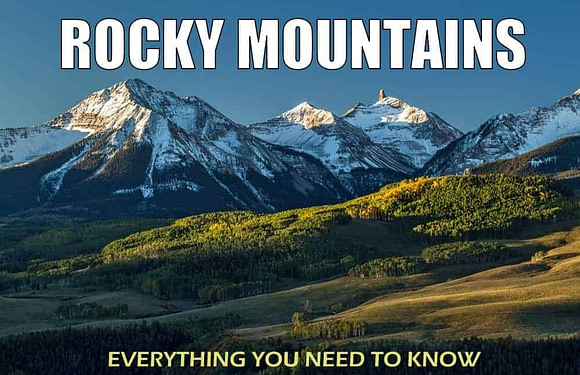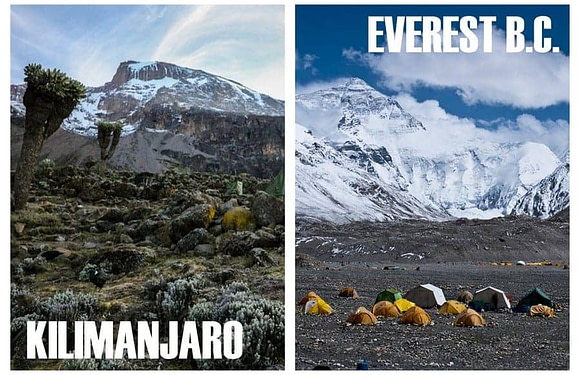Mountains shape our world in many ways. Some reach the highest places on the planet while others stretch for thousands of miles across continents. They influence weather, give rise to rivers, and serve as homes to plants, animals, and people.
Here are 20 fun facts about mountains.
1. Mountains Are Formed by Tectonic Forces
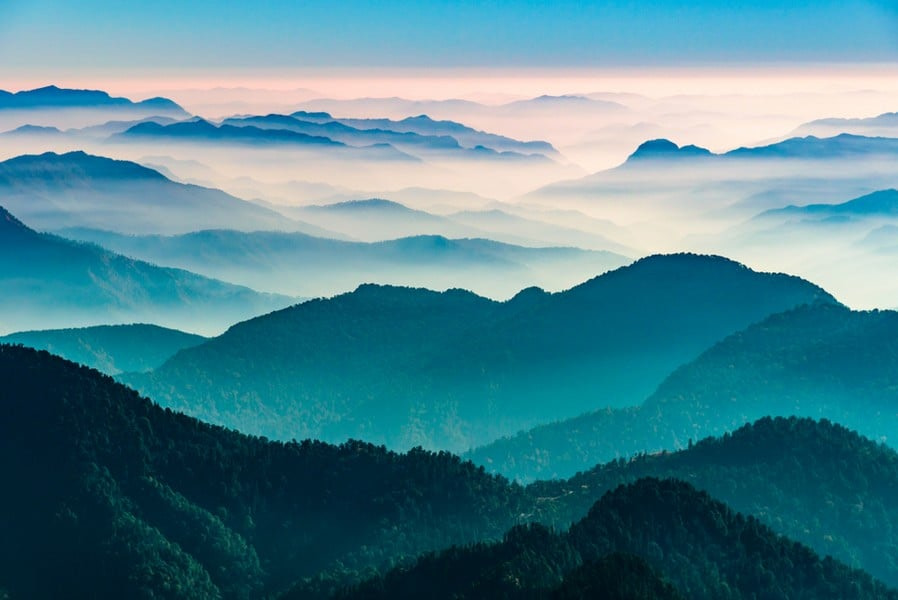
Most mountains form when tectonic plates crash together. When two plates collide, the crust buckles and folds upward, forming mountain ranges. Fold mountains like these dominate the world’s tallest ranges. The Himalayas, for example, are a result of the collision between the Indian and Eurasian plates. These processes happen over millions of years. Though slow, the result is dramatic. Mountain formation reshapes landscapes and defines entire continents.
2. Some Mountains Are Actually Volcanoes
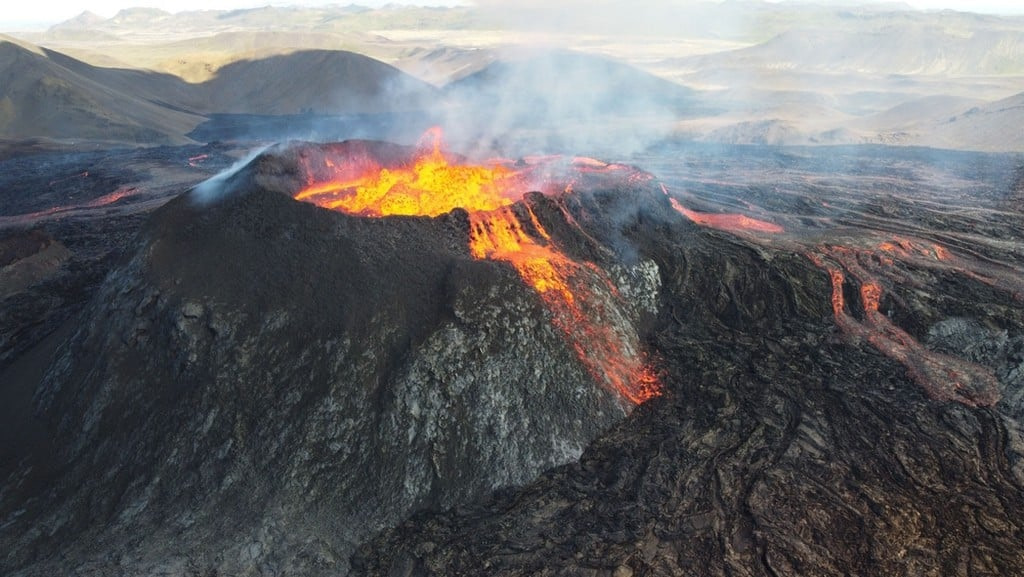
Not all mountains come from crustal collisions. Some are built from below, through volcanic activity. As magma pushes upward, it can erupt and cool on the surface, forming peaks like Mount Kilimanjaro. Over time, repeated eruptions pile up layers of rock, ash, and lava. This process creates classic cone-shaped volcanoes. Others, like shield volcanoes, form broad, gentle slopes. Some volcanic mountains are dormant or extinct, while others remain highly active. These peaks come from Earth’s core, not its crust.
3. Mountains Can Grow or Shrink
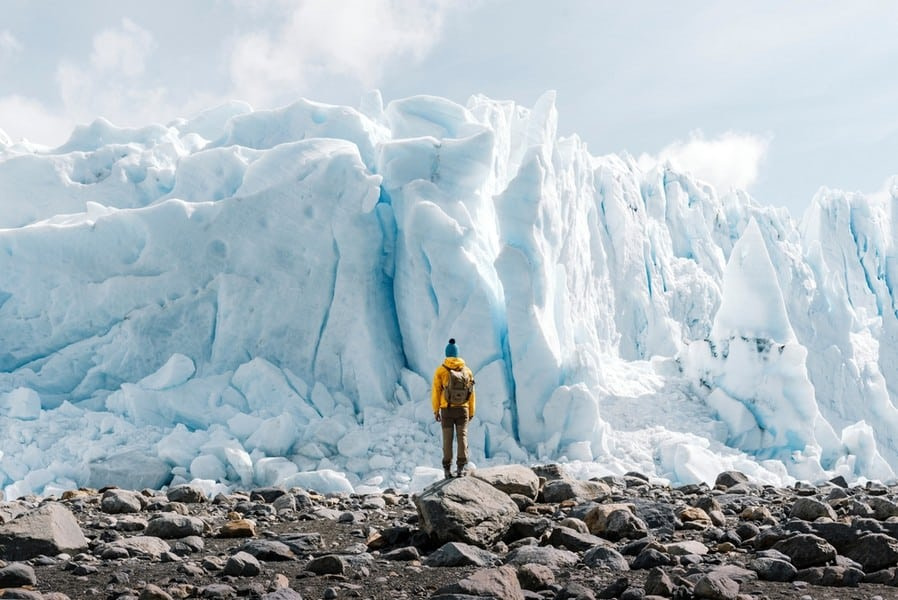
Mountains are not static. Tectonic forces can push them higher over time, while erosion slowly wears them down. At the same time, wind, water, and ice chip away at its summit. Glaciers carve valleys and shave rock from peaks. Earthquakes and landslides can alter a mountain’s shape in seconds. Entire ranges shift gradually over time. The process is slow, but relentless. Mountains are dynamic, not permanent.
4. Most of the World’s Fresh Water Comes from Mountains
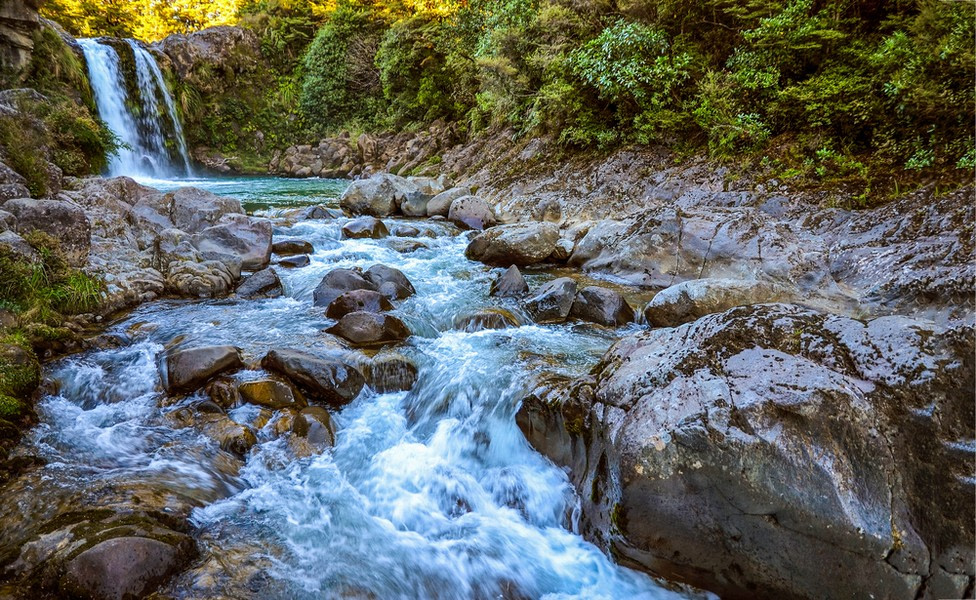
Mountains play a key role in the water cycle. Snow and glaciers store water during the cold season, then release it as meltwater in spring and summer. Major rivers like the Ganges, Nile, and Yangtze start in mountain ranges. These rivers support billions of people downstream. Without mountains, many regions would face seasonal drought. Climate change is threatening this balance. Glaciers act as water towers, but they’re melting. Once they disappear, the impact on freshwater availability will be massive.
5. Mountains Create Their Own Weather
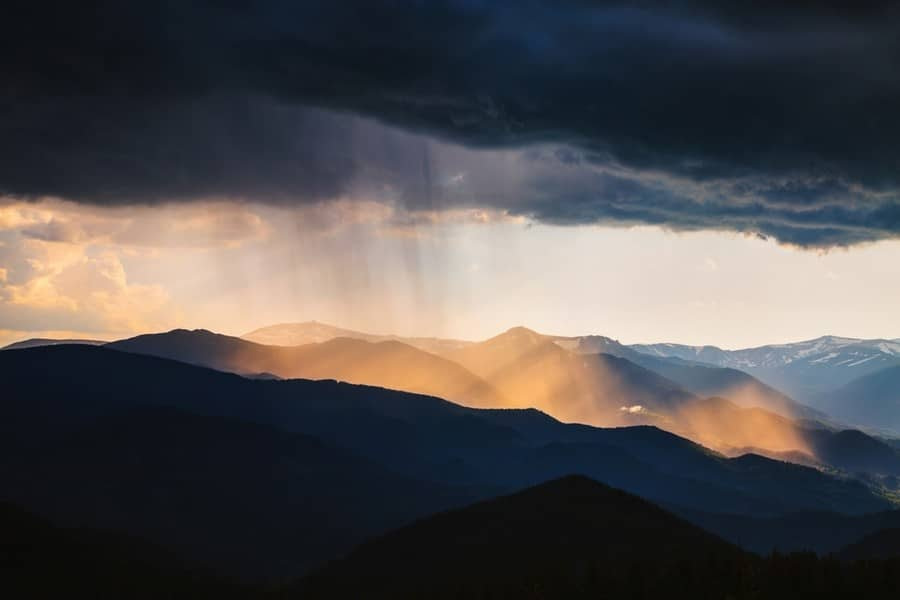
Elevation changes how air behaves. As moist air rises up a mountain, it cools and condenses, causing rain or snow. This is called orographic lift. On the leeward side, dry air descends and warms, creating rain shadows. This is why one side of a mountain can be lush while the other is desert. Temperature also drops about 3.5°F (2°C) for every 1,000 feet (300 meters) of elevation. The higher you go, the more extreme the weather. Weather in the mountains is unpredictable. Clear skies can turn into thunderstorms in minutes.
6. Mountains Influence Global Climate
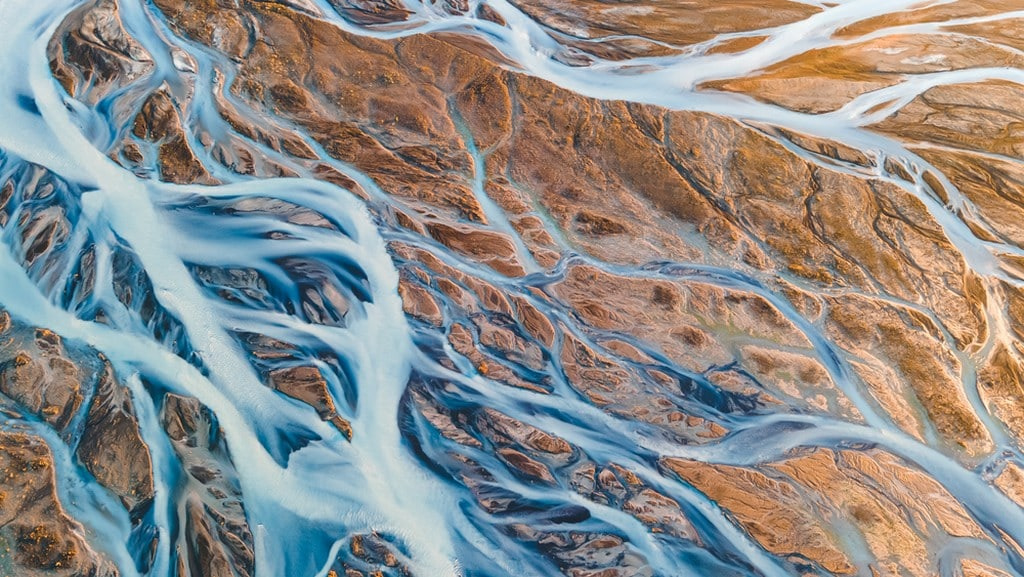
Large mountain ranges affect weather patterns far beyond their borders. The Himalayas, for example, block cold air from Central Asia, helping shape the monsoon in India. The Andes influence jet streams and storm systems in South America. Mountains act as barriers to wind and clouds, creating distinct microclimates. They also reflect solar radiation and absorb less heat. That helps regulate temperatures regionally. Without mountains, global weather would look very different.
7. Mountain Ranges Cover About 22% of Earth’s Land
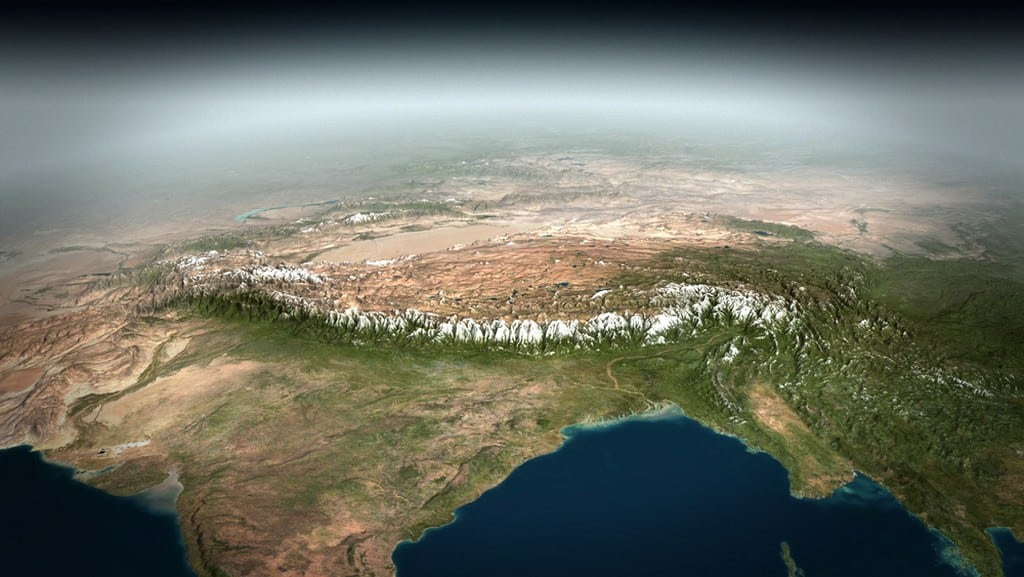
Nearly a quarter of the world’s land surface is mountainous. These regions are home to over 1 billion people. Most live in valleys and lower slopes, not high on peaks. Mountain regions often host important mineral resources, forests, and freshwater. Their terrain makes transportation and agriculture more difficult. But the views, biodiversity, and cultural richness are unmatched. Mountains shape nations – geographically, economically, and spiritually.
8. Mountain Life Is Tough for Humans
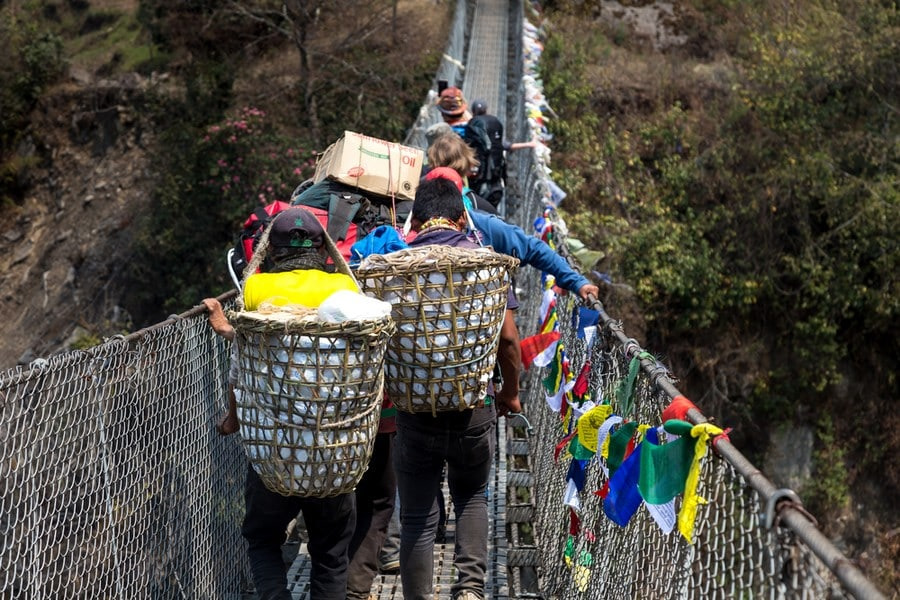
As you climb higher, the air gets thinner. Oxygen levels drop, making it harder to breathe. Above 8,000 feet (2,438 meters), many people feel the effects of altitude sickness such as headaches, nausea, and fatigue. At extreme altitudes, the body begins to break down muscle and brain tissue. Long-term life above 14,000 feet (4,267 meters) is nearly impossible without adaptation. Populations in the Andes, Himalayas, and Ethiopian Highlands have evolved to cope. They have higher red blood cell counts and more efficient oxygen use.
9. Mountains Have a Death Zone
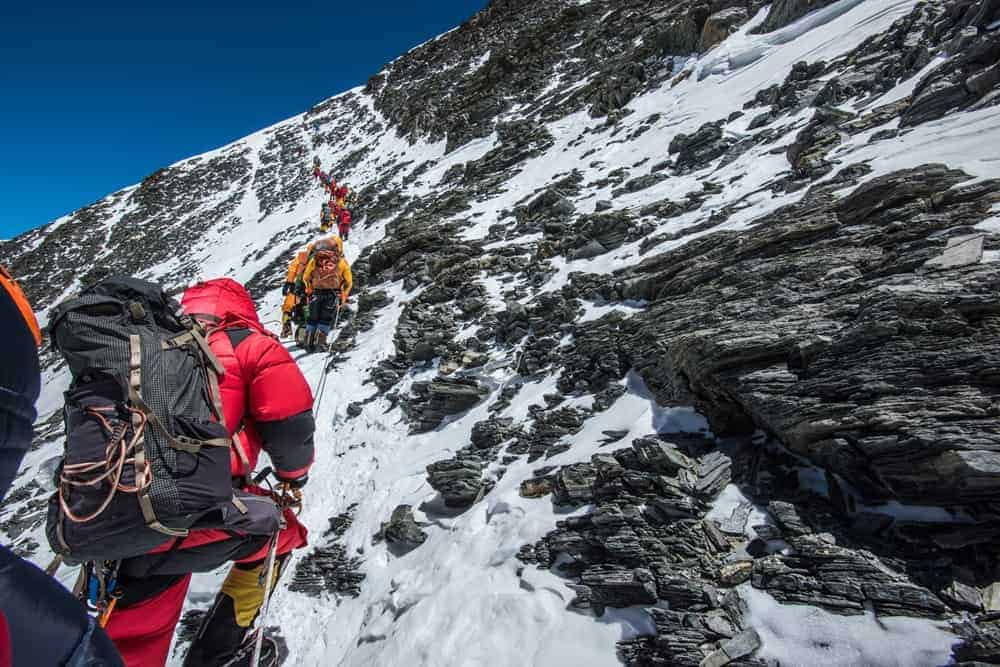
Above 26,000 feet (7,900 meters), the human body begins to die. This altitude is called the “death zone.” Roughly 14 peaks in the world are high enough to have a death zone, all of which are in the Himalayas and Karakoram ranges. Oxygen levels are only a third of what they are at sea level. At this level, humans can’t adapt and can only survive for a short time. That’s why most climbers on Everest and K2 race through the upper sections. Above the death zone, even rescue becomes nearly impossible. Helicopters can’t fly safely. So most who die up there stay there. Mount Everest alone is estimated to have over 200 bodies scattered along its slopes.
10. Plants and Animals Thrive on Mountains
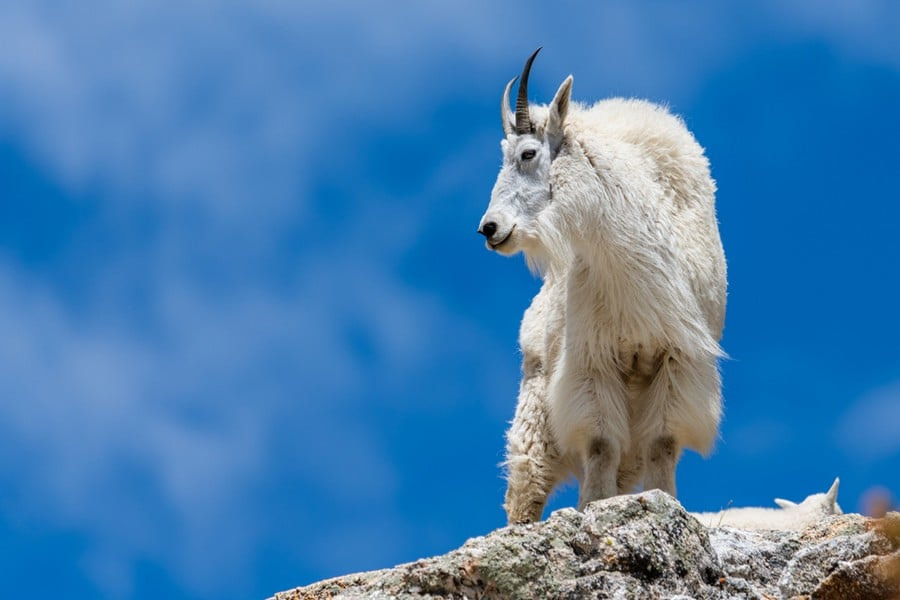
Despite harsh conditions, many species live in the mountains. They hold over 85% of the world’s amphibians, birds, and mammals. Many of them are endemic – found nowhere else. Mountain goats have specialized hooves for climbing. Snow leopards blend into rocky slopes. Alpine plants grow low to the ground to resist wind. As elevation increases, ecosystems change rapidly. You can walk from forest to tundra in a few miles. These adaptations make mountain biodiversity unique. But it’s also fragile and highly sensitive to climate change.
11. Mountains Are Often Sacred
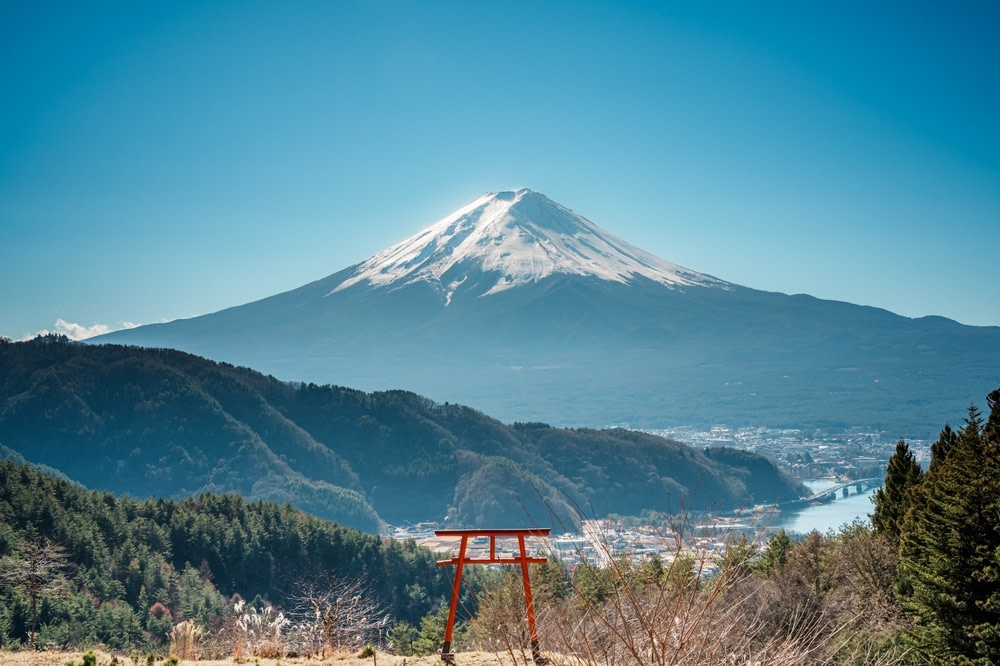
Many mountains are seen as sacred, tied to local religion, folklore, and identity. Mount Kailash in Tibet is revered by Hindus, Buddhists, Jains, and Bon followers. Mount Fuji in Japan is a spiritual icon. In the Andes, the Inca worshipped mountain spirits called apus. These beliefs have protected many peaks from development. Mountain names often reflect this reverence. Denali means “The High One” in the Koyukon language. Kilimanjaro may come from a Swahili phrase meaning “Mountain of Greatness.” Names like these are reflections of how people relate to the land.
12. No Two Mountains Are the Same
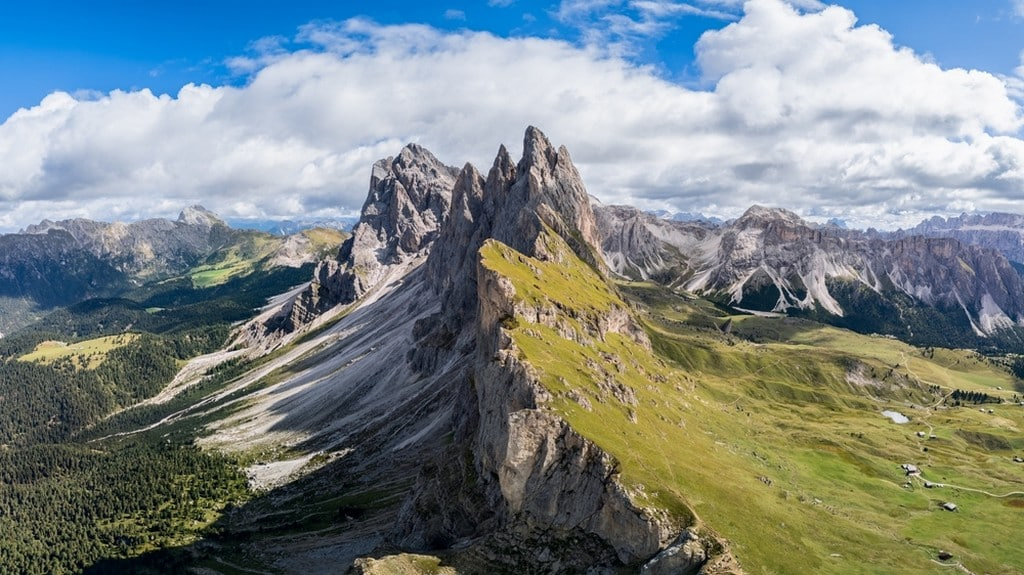
Every mountain has its own shape, geology, ecosystem, and story. Some are jagged and sharp. Others are broad and rolling. Their appearance depends on how they were formed, what rocks they’re made of, and how they’ve weathered over time. Elevation, slope angle, and exposure affect what grows and lives there. Mountains are living records of Earth’s past. Even two peaks in the same range can feel worlds apart.
13. The Tallest Mountains in the World
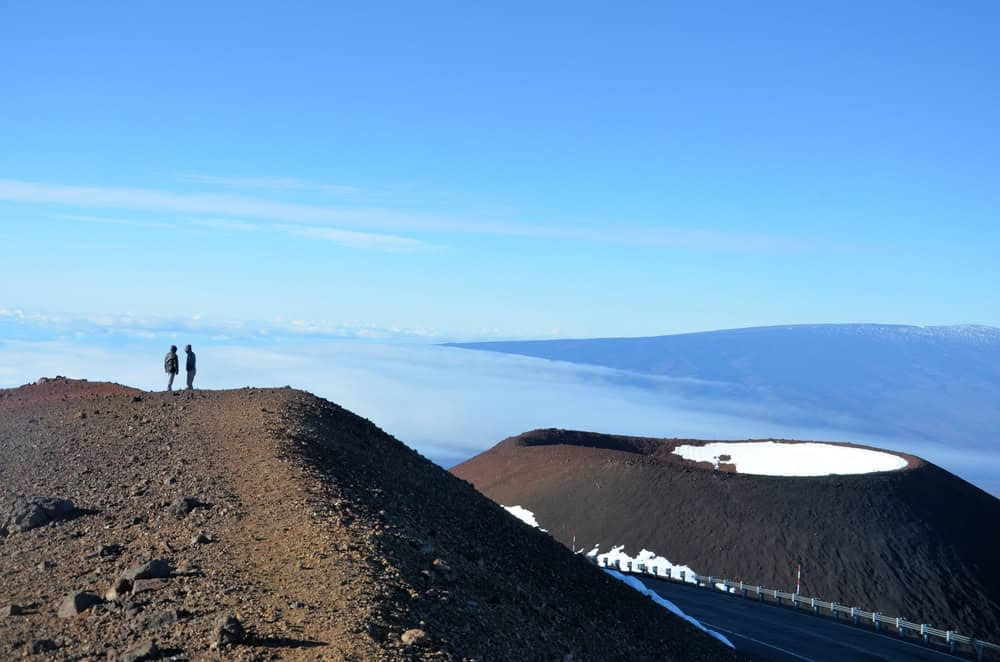
Mount Everest stands 29,032 feet (8,848 meters) above sea level, making it the tallest mountain on Earth. It sits in the Himalayas on the border between Nepal and China. But it’s not the tallest from base to summit. That title belongs to Mauna Kea, a dormant volcano in Hawaii. Measured from its base on the ocean floor, Mauna Kea rises more than 33,500 feet (10,210 meters), far exceeding Everest’s total height. Only a portion of Mauna Kea breaks the surface. Everest claims the crown people can see, but Mauna Kea wins in raw vertical rise.
14. The Longest Mountain Ranges on Earth
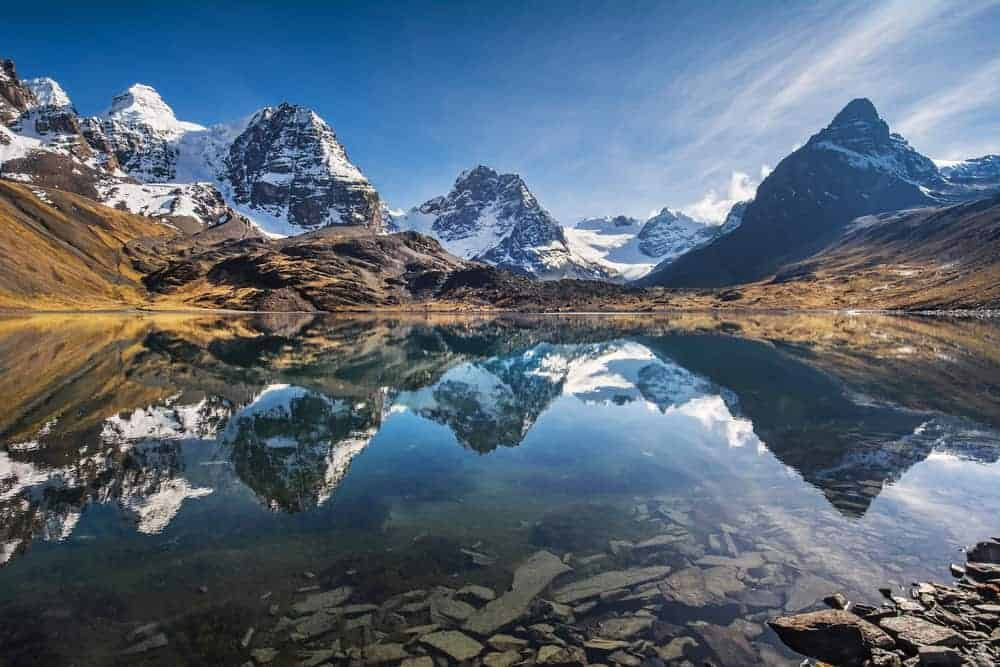
The Andes is the longest mountain range found on land, stretching about 4,300 miles (7,000 km) along the western edge of South America. It passes through seven countries. But the longest mountain range on Earth is actually underwater. The Mid-Ocean Ridge is a global chain of undersea mountains that runs for more than 40,000 miles (65,000 km) across the ocean floor. It forms where tectonic plates are pulling apart, creating new crust. While the Andes dominates continents, the Mid-Ocean Ridge dominates the seafloor.
15. Mountains Test the Human Spirit
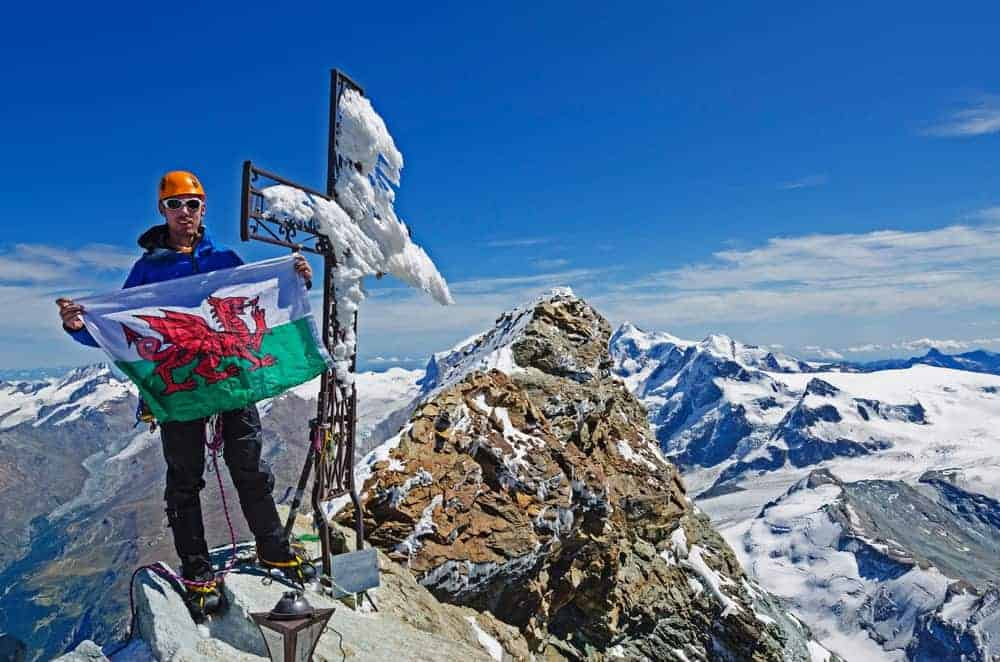
People climb mountains because humans are wired to seek challenge, even without a practical reason. Mountains offer scale, silence, and separation from the modern world. Studies in environmental psychology show that exposure to vast natural landscapes triggers awe. Mountain environments also stimulate the production of neurochemicals linked to effort and reward. Combined with physical exertion, cold, and solitude, the brain enters a mode where survival systems are prioritized and distractions drop away. Modern life is comfortable, but often unsatisfying. Mountains offer a controlled form of struggle. Studies show that high-stress outdoor environments can induce flow states, where focus sharpens and distractions vanish. The simplicity of mountain life feels like freedom.
Want to climb Kilimanjaro? Start here.







